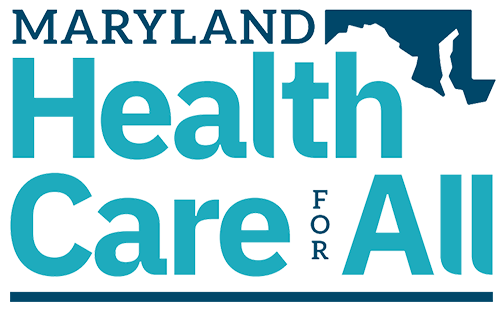Baltimore Sun
Meredith Cohn
October 19, 2015
The state’s online marketplace for the uninsured estimates 150,000 will enroll in private health plans in 2016, up from 115,000 this year, though the marketing budget is down and it might be a tougher sell.
“It’s a semi-aggressive number, but it’s what we’re shooting for,” said Andrew Ratner, the exchange’s director of marketing and strategic initiatives, during the last exchange board meeting before open enrollment, which runs from Nov.1 to Jan. 31.
A University of Minnesota-affiliated health policy research center formulated the exchange’s goal based on market conditions, and also estimated that there were 308,000 people statewide who were eligible for coverage yet uninsured. Residents in the county without legal documentation are ineligible.
Maryland Health Benefit Exchange officials said the system is ready for open enrollment after last year’s success. Technical problems with the first exchange two years ago led to that technology’s being scrapped.
To improve enrollment this year, exchange officials said they plan to focus efforts on what they called pockets of resistance to enrolling in health insurance. Despite growing financial penalties for going without it, some aren’t enrolling, particularly in the Washington metro area, Southern Maryland and the Eastern Shore, where there are many African-Americans, Spanish speakers and low-income residents, they said.
A series of focus groups conducted by Annapolis-based OpinionWorks in July [funded by Health Care for All!] found that prospective enrollees want more in-person aid to navigate the plans and help signing up. The research also found people still need to be persuaded that the exchange was functioning properly now and that policies were affordable.
While policies may seem expensive to enrollees, nine out of 10 were given subsidies.
Overall, Steve Raabe, OpinionWorks founder and president, said people needed simple messages such as “New and Improved” and “I’m here to help.”
Ratner said the marketing budget of $2.3 million is down from almost $4 million last year and the advertising budget is about $1 million, down from $1.7 million, necessitating a targeted campaign. He said that would include local cable, radio and social media, as well help from churches, sororities, pharmacies, tax preparers to engage people on their home turf.
Michele Eberle, the exchange’s chief operating officer, said this year, the second using the new technology, people re-enroll automatically if they do nothing. That already has worked for 57 percent of Medicaid recipients who can sign up year-round and are already in the system. (Those not in the system face a more arduous enrollment, she acknowledged.)
Letters already have been sent to current enrollees in private plans telling them how much more their premiums will cost and what their subsidies will be if they stay the course. Many people, however, are likely to shop around because the dominant insurer, CareFirst BlueCross BlueShield, has the largest premium increases, she said.
But everyone should be able to have access to help, Eberle said: 1,155 insurance brokers statewide were certified to assist enrollees, and 433 others were trained at nonprofits, contracted groups, health departments and others this year.
Last modified: October 20, 2015



